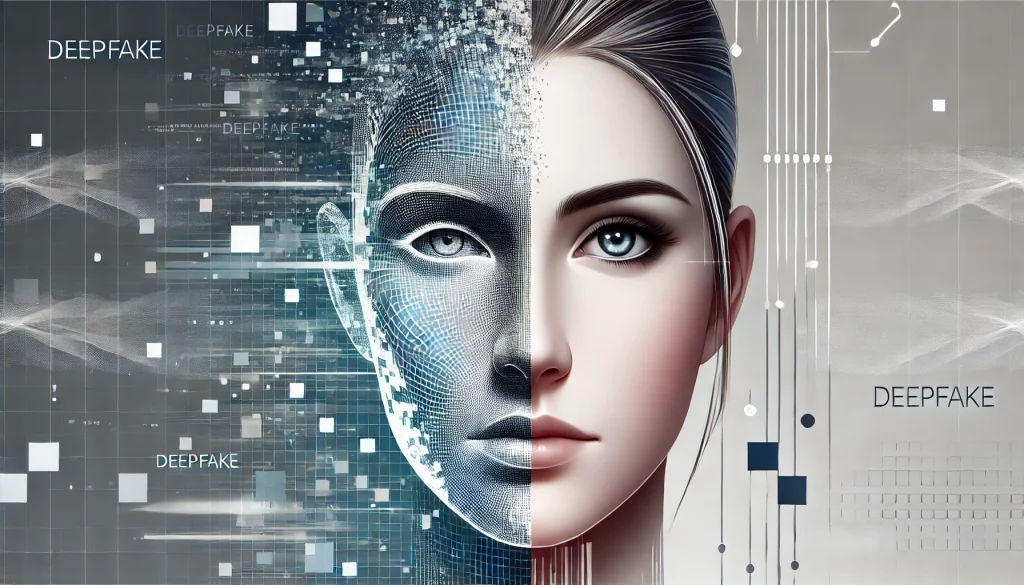
In today’s world, artificial intelligence (AI) technologies are advancing at an incredible pace, offering new possibilities across all areas of life. One of the most discussed technologies in recent years is deepfake – a technique that enables the creation of realistic video and audio files using machine learning algorithms. Deepfake technology can imitate the facial expressions, voice, and movements of real people, presenting not only a wealth of opportunities but also significant threats.
How Does Deepfake Technology Work?
Deepfake relies on artificial neural networks to learn from large datasets. Initially, the neural network «studies» video and audio recordings of a specific person, analyzing their facial features, voice, and gestures. Afterward, it can generate new content where this person appears or speaks—even if the person never actually performed those actions.
The creation of deepfake videos particularly involves generative adversarial networks (GANs), consisting of two models. One model generates fake content, while the other evaluates its authenticity. This process continues until a video is created that is nearly indistinguishable from the real one.
Opportunities of Deepfake Technology
- Media and Entertainment. In the film industry, deepfake can be used to bring deceased actors back to life or create body doubles. For example, it allows filmmakers to recreate younger versions of actors without the need for elaborate makeup or traditional techniques.
- Education and Training. Deepfake can enhance educational content, such as historical lessons where famous figures “tell” their own stories. This makes learning more interactive and engaging.
- Marketing and Advertising. The technology can be employed to personalize advertising campaigns, where celebrities or characters directly address each individual user. This helps create unique content for specific audiences, boosting marketing effectiveness.
Threats and Risks of Deepfake
Despite its potential, deepfake technology also poses serious risks.
- Disinformation and Fake News. One of the primary dangers is the use of deepfake to create fake news and spread misinformation. Manipulated video or audio can lead to severe consequences, such as political scandals or international conflicts. Videos showing politicians or public figures saying things they never said can undermine trust in reliable information sources.
- Reputation Damage and Blackmail. Deepfake can be exploited to generate fake compromising materials, potentially ruining careers or personal lives. It can serve as a tool for blackmail or bullying by discrediting individuals through fake videos or audio.
- Cybercrime. Fraudsters can leverage the technology to mimic the voices of executives or key personnel to gain access to confidential information or funds. These attacks are particularly difficult to detect due to their high degree of realism.
How to Combat the Threats of Deepfake?
Given the potential risks, many companies and governments are already working on solutions to detect deepfakes. Tools have been developed to analyze videos for anomalies, such as unnatural eye movements or inconsistencies in lighting and shadows on faces. Legal measures are also being introduced to penalize the creation of malicious deepfake content.
Additionally, promoting digital literacy is crucial to ensure people can critically assess content and resist manipulation. Understanding that videos or audio files might be fake will help reduce the impact of disinformation.
Deepfake technology is an impressive achievement in AI, capable of simplifying tasks and unlocking new opportunities in media, education, and business. However, it also brings serious threats, especially in terms of disinformation and cybercrime. Effective use of deepfake requires a comprehensive approach, including the development of detection technologies, legal frameworks for protection, and increased public digital awareness.

Leave a Reply